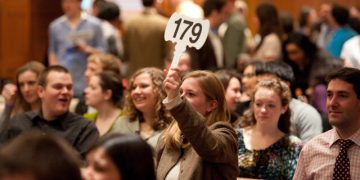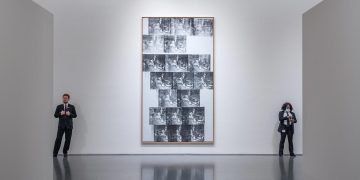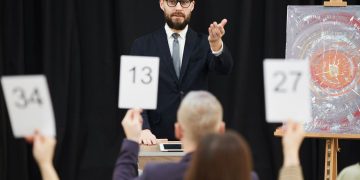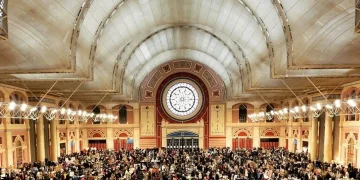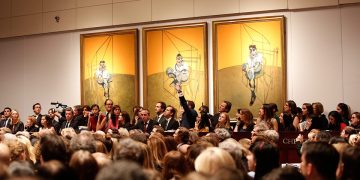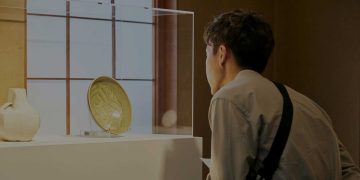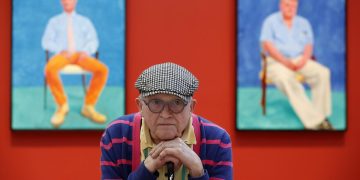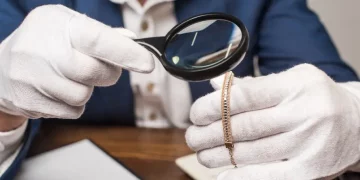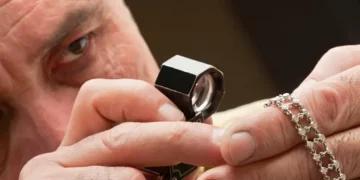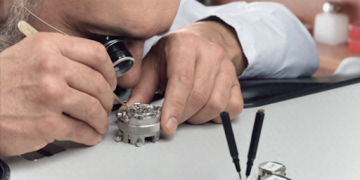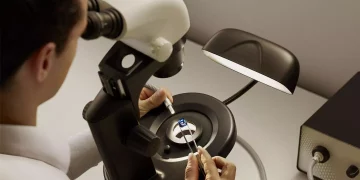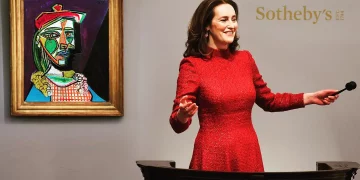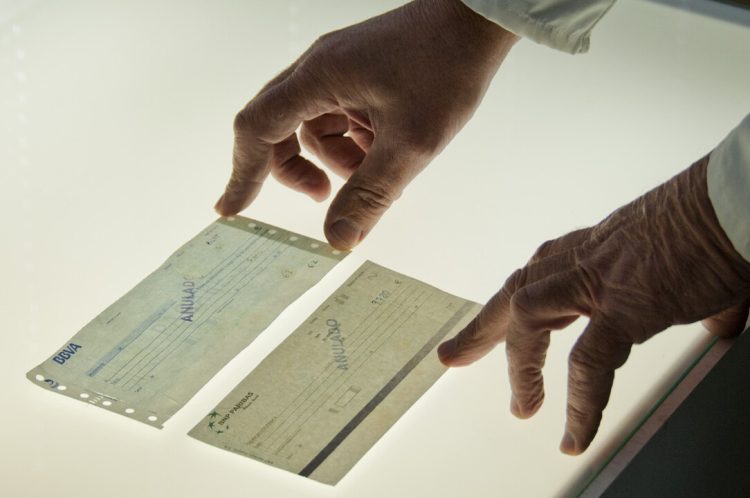In the world of rare collectibles, provenance is everything. The history behind an item, including where it has been, who owned it, and how it came into the market, is often the deciding factor in determining its value. Provenance can elevate a piece from being a mere trinket to a highly prized treasure. Yet, as the demand for rare items continues to grow, so does the sophistication of forgeries. Fake provenance, meticulously crafted documents and backstories designed to deceive even the most experienced experts, has become a significant problem in the collectibles market.
While many collectors rely on traditional methods of authentication, it is increasingly clear that the systems in place today are not foolproof. Forgers have grown more skilled, leveraging advanced technology to create documents that look, feel, and read like the real thing. In this article, we will dive into the art of spotting fake provenance, exposing the sophisticated methods used by forgers, and providing lesser-known authentication techniques that even the most experienced professionals may miss.
The Importance of Provenance in Collecting
Before we dive into the specifics of fake provenance, it’s essential to understand why provenance is so crucial in the collectibles world. Provenance serves as the backbone of an item’s history and authenticity. When an item is sold, its provenance acts as proof that it is what it claims to be—whether it’s a rare painting, an antique piece of furniture, or an autographed item from a famous figure. Provenance also provides context for the value of an object. A piece with impeccable provenance, such as a historical connection or a famous previous owner, is often worth significantly more than a comparable item without such a history.
In the realm of art, for example, a painting’s provenance might trace it back to a well-known gallery or previous exhibitions. In the world of rare antiques, provenance may document its passage through reputable dealers and auctions. Provenance can even affect the ownership rights of an item—particularly for items with historical significance or legal implications, like artifacts or relics from cultural heritage sites.
The increasing value of rare and vintage items in the market has made provenance a focal point for collectors and dealers alike. This has, unfortunately, made it an attractive target for forgers. The counterfeit of provenance documents is now a growing issue in auctions, galleries, and even private sales.
The Rising Threat of Fake Provenance
The ability to forge provenance documents has become more sophisticated over the years. What once might have been an easily recognizable scam, involving crude forgeries of handwritten documents or poor-quality printouts, has evolved into a far more subtle and dangerous operation. Forgers today use cutting-edge technology, including digital tools and advanced printing techniques, to create documents that look indistinguishable from the real thing.
Some forgers even go as far as to manufacture entire fictional histories for objects. They may create false ownership records, claiming that an item was once owned by a famous individual or was part of a renowned collection. These fabricated stories can be convincing enough to fool even seasoned experts. In some cases, the forgeries are so convincing that they have made their way into major auction houses, only to be discovered long after the sale.
Forgery techniques are also becoming more varied. Some forgers use “aged” paper and ink to make the documents appear old. They might even introduce fake signatures or stamps from reputable dealers and institutions. By combining advanced technology with careful craftsmanship, these forgers have created a thriving underground market for fake provenance, putting collectors and dealers at risk.
Sophisticated Forgery Techniques
To understand how to spot fake provenance, it is essential to first examine the techniques used by forgers. Here are some of the most common and sophisticated methods used to fabricate documents that can easily pass as authentic:
- Digital Manipulation: One of the most common tools used by modern forgers is digital manipulation. High-quality scans of original documents can be altered with image-editing software to change names, dates, or signatures. Digital forgeries are incredibly difficult to spot because they retain the same crisp, clean appearance as an original document.
- Recreating Historical Documents: Some forgers take the approach of recreating documents that appear to be from a specific time period. By studying the handwriting styles, ink types, and paper textures of historical documents, they can replicate them with remarkable accuracy. Advanced printing techniques, such as laser printing, can be used to recreate the textures and imperfections that would be found on original documents.
- Fake Signatures and Stamps: Signatures from prominent figures or dealers often add significant value to an item. Forgers may attempt to replicate these signatures by studying the strokes and style of the person’s handwriting. Similarly, forged stamps or seals from respected galleries, institutions, or museums are used to authenticate fake provenance.
- Foraging of Archive Documents: In some cases, forgers may “discover” fake documents in reputable archives. By introducing forged documents into a collection, they can create a fake provenance that seems plausible and legitimate. This is particularly common in the art world, where forgeries of exhibition records or auction catalogues are used to increase the perceived value of a piece.
- The Use of Artificial Aging: To make documents look older, forgers often use techniques to artificially age paper. This can include staining the paper with tea or coffee, carefully burning the edges, or using chemical agents to create the appearance of weathered, aged documents. These techniques can make the documents look as if they have been in existence for decades, fooling even the most discerning collectors.
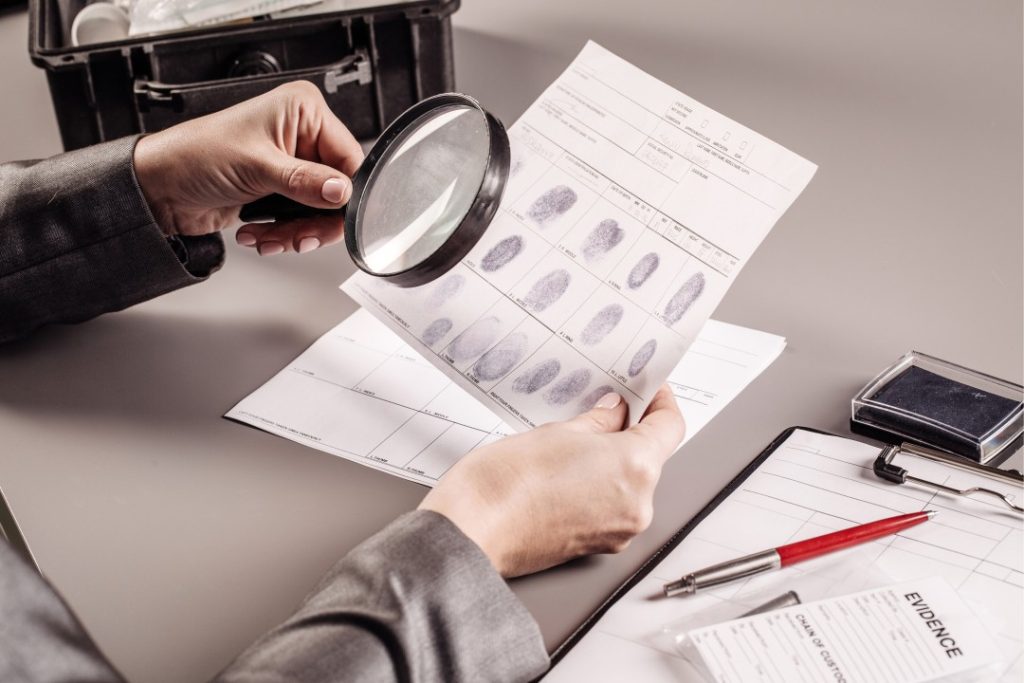
How to Spot Fake Provenance – Authentication Techniques
While the methods used by forgers have become increasingly sophisticated, there are still ways to spot fake provenance. Here are some lesser-known authentication techniques that can help identify forgeries:
- Check the Paper Quality: One of the easiest ways to spot a fake provenance document is to examine the paper itself. Genuine documents from the past often have a certain texture, weight, and feel. Modern paper, on the other hand, tends to feel smoother and lighter. Additionally, older documents might have watermarks or subtle imperfections in the paper that can be difficult to reproduce with modern technology.
- Examine the Ink and Writing: The ink used in older documents often has a distinctive quality that is difficult to replicate. Modern inks are typically brighter and more uniform, while older inks can have a more uneven or faded appearance. Additionally, the writing itself may have subtle variations, such as slight imperfections in the stroke patterns, that are hard to fake. A trained eye can often tell if the handwriting has been digitally altered or recreated.
- Look for Anachronisms: One of the most effective ways to spot fake provenance is to look for anachronisms—elements that don’t fit with the time period in question. For example, if a document claims to have been created in the 19th century, but the typeface used is a modern font or the paper has a composition that was not common during that time, it is likely a fake.
- Digital Forensics: In cases where documents have been scanned and digitally manipulated, digital forensics can be a powerful tool. Advanced software can be used to detect signs of digital alteration, such as inconsistencies in the pixel structure of the document. Forensic experts can analyze the document’s metadata to uncover clues about its creation and modification.
- Cross-Reference with Known Archives: One of the best ways to verify provenance is by cross-referencing the information with known archives. Auction house records, museum collections, and gallery inventories can provide invaluable insights into the authenticity of a piece. If the provenance of an item includes references to exhibitions or previous sales, it’s important to verify those claims with the institutions involved.
- Consult Experts: When in doubt, it is always best to consult experts in the field. Whether it’s a specialist in art, antiques, or rare books, experienced professionals can often spot inconsistencies or red flags in provenance documents that others might miss. Reputable dealers and auction houses often employ teams of experts who can help verify the authenticity of items.
Conclusion: Protecting Yourself from Fake Provenance
The world of collectibles is filled with opportunities, but it also comes with significant risks—especially when it comes to fake provenance. As the market for rare items continues to expand, forgers will continue to refine their techniques, making it even more important for collectors to be vigilant and informed. By understanding the methods used by forgers and employing the lesser-known authentication techniques outlined in this article, collectors can better protect themselves from falling victim to scams.
While no authentication process is foolproof, combining traditional methods with advanced techniques and consulting with experts can dramatically reduce the likelihood of being deceived by fake provenance. As the market continues to evolve, so too must the methods we use to ensure that the items we buy and sell are genuine. The tools and techniques for spotting fake provenance are out there, but it is up to collectors, dealers, and experts to stay one step ahead of the forgers.


